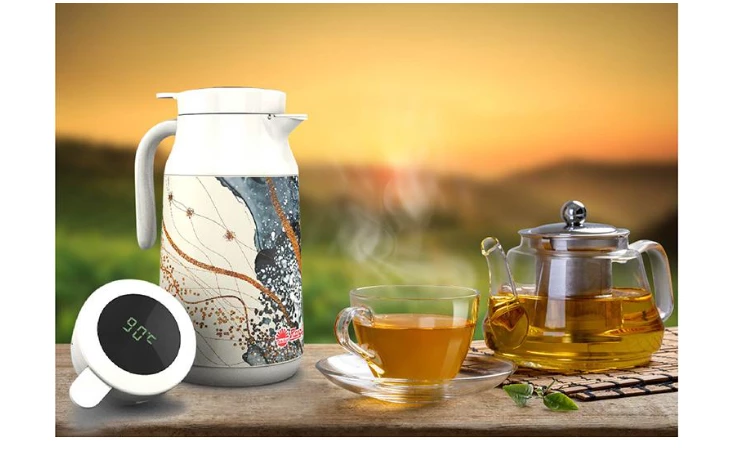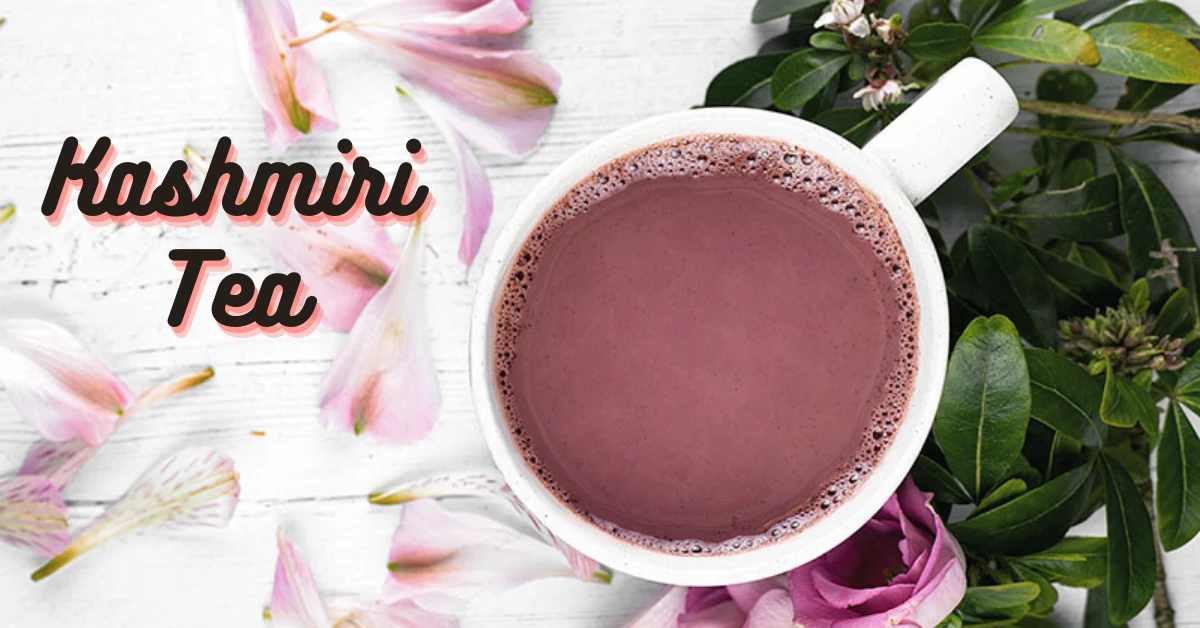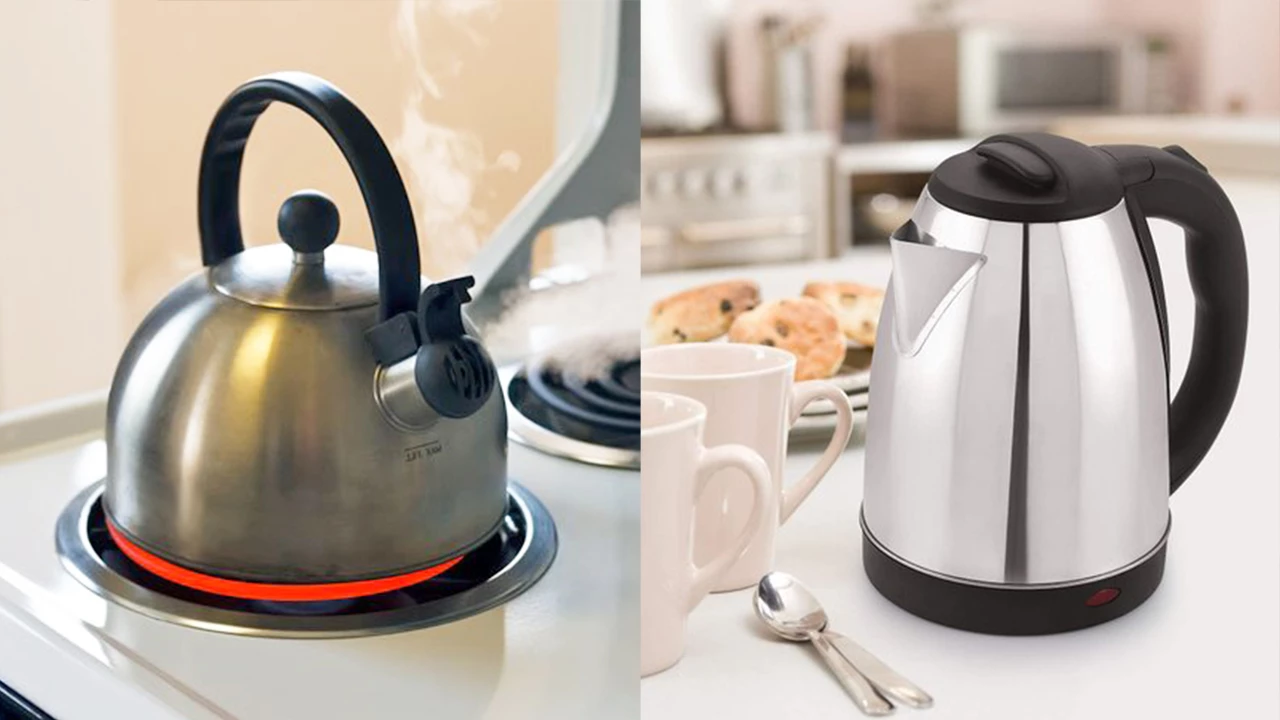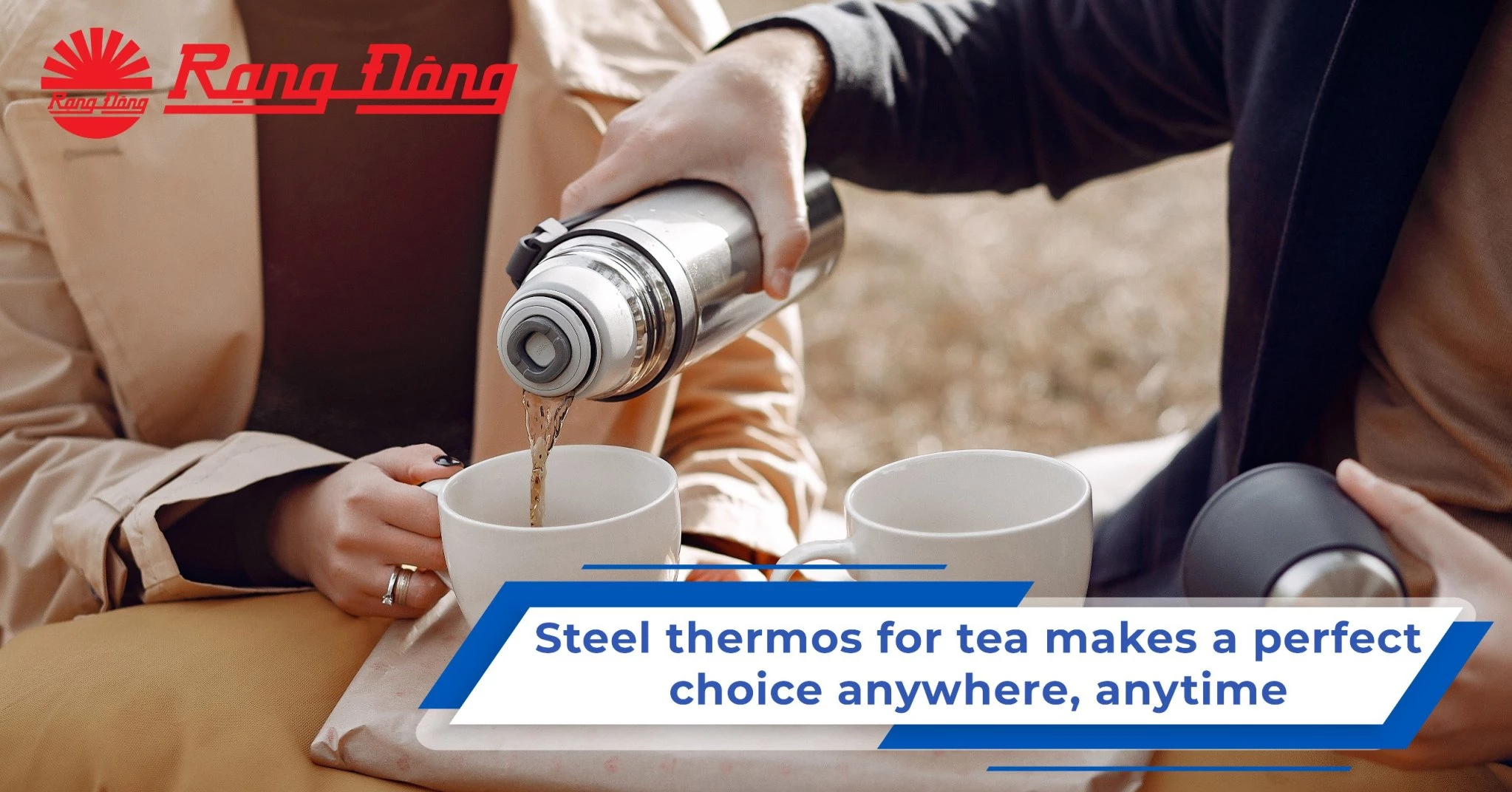Heat retention is the secret of tea thermos technology
When it comes to enjoying a hot cup of tea on a crisp morning or during a busy day, the right tea thermos can make all the difference. These innovative containers are designed not only to keep the tea at the perfect temperature but also to preserve its flavor and freshness. In this article, we'll delve into the fascinating science behind heat retention in tea thermos technology, shedding light on how these remarkable vessels work to keep our tea piping hot.
The fundamental principle governing the heat retention in tea thermos is thermal insulation. At the core of this technology lies the vacuum-sealed chamber. The thermos structure includes two walls, typically made of stainless steel, with a vacuum space in between. The absence of air is key because it minimizes heat transfer by conduction. When hot tea is poured into the thermos, this vacuum prevents the loss of heat, thus keeping the tea's temperature nearly constant for hours.

Additionally, the inner wall of the thermos is often coated with a reflective material, which reduces heat transfer by radiation. This coating reflects heat back into the tea, preventing it from being lost to the surrounding environment. These two mechanisms, conduction and radiation, combined with the vacuum insulation, create a highly effective barrier against heat loss.
Furthermore, many modern tea thermos types feature a double-layered cap, which not only provides an extra layer of insulation but also offers convenience. This cap design helps maintain the temperature of the tea by minimizing the escape of heat through the top opening, allowing users to enjoy hot tea whenever they wish.
A critical aspect of the science of heat retention in tea thermos technology is the initial temperature of the tea when it's poured into the thermos. The higher the initial temperature, the longer the tea will remain hot.
It is advisable to preheat the thermos with hot water before adding tea, as this reduces the initial heat loss to the thermos walls. The higher the initial temperature, the less heat needs to be preserved, and this is where the vacuum insulation truly shines.

The thickness and the quality of the materials used in making a tea thermos also play a significant role in heat retention. High-quality thermoses often employ superior insulation materials and coatings, ensuring that the vacuum remains intact and efficient. These advancements in materials, combined with meticulous engineering, make it possible to keep tea hot for extended periods.
Moreover, the efficiency of a tea thermos is not only about heat retention but also about the absence of any flavor transfer. High-quality thermos flasks are designed to be odorless and tasteless to help preserve the original flavor of the tea.. This is achieved through the use of food-grade materials and quality assurance measures.
In conclusion, the science of heat retention in tea thermos technology is a marvel of engineering and physics. By harnessing the principles of thermal insulation, vacuum sealing, and reflective coatings, these flasks offer an efficient and convenient way to enjoy hot tea. When choosing a tea thermos, it's important to consider the quality of materials, design, and engineering, as these factors directly influence on the performance of the flask. With the right tea thermos, we can savor the perfect cup of tea wherever our day takes us.
Should you have any questions or request a quotation of Rang Dong products, please send us an email to: export@rangdong.com.vn.
Websites: en.rangdong.com.vn and vacuumflask.rangdong.com.vn






